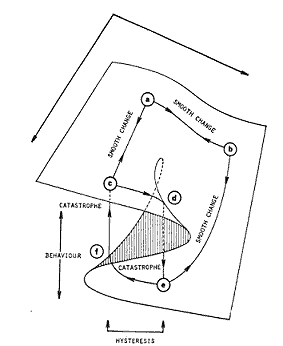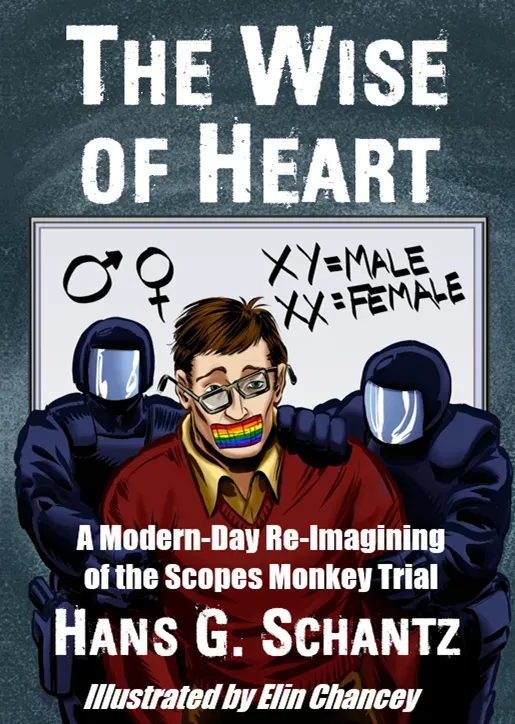DiSC Assessment
I continue to be a big fan of the OCEAN model of personality, but I find that it tends to be too abstract for most people. I was recently introduced to the DiSC assessment, created by William Moulton Marston in the early twentieth century. Marston himself is possibly even more interesting than his model of personality. He is known as a bigamist and the creator of Wonder Woman. More on that later.
Moulton's key work here is his 1928 book, Emotions of Normal People. Jung and Freud worked mostly with abnormal people, but Moulton was more interested in the rest of us. Moulton postulated four different mental energies that shape our behavior, dominance, influence, submission, and conscientiousness. I was confused at first because conscientiousness here is not identical to that in the OCEAN model, but once you see what Moulton was getting at it the model makes sense.
The quick and dirty way of categorizing people into these four categories is to ask just two questions. Are you loud and high-energy or moderately paced? Then after that question has been answered, you need to decide whether you are questioning or accepting. This is really quick and dirty, but it works well enough. D is high energy and questioning, I high energy and accepting, C moderate energy and questioning, and S moderate energy and accepting.
The model is simple enough to be easy to remember, but accurate enough that most people identify with their primary mental energy. The assessment tool I used also characterized each energy on a scale, which is better than the absolute contradictories of the MBTI. In a sense, you could set up the DiSC like the MBTI, with 16 types by characterizing each energy as either high or low. In practice, you just characterize people by their dominant energy, which is close enough.
This is copied from the Wikipedia article:
These four dimensions can be grouped in a grid with "D" and "I" sharing the top row and representing extroverted aspects of the personality, and "C" and "S" below representing introverted aspects. "D" and "C" then share the left column and represent task-focused aspects, and "I" and "S" share the right column and represent social aspects. In this matrix, the vertical dimension represents a factor of "Assertive" or "Passive", while the horizontal dimension represents "Open" vs. "Guarded".[2]
- Dominance: People who score high in the intensity of the "D" styles factor are very active in dealing with problems and challenges, while low "D" scores are people who want to do more research before committing to a decision. High "D" people are described as demanding, forceful, egocentric, strong willed, driving, determined, ambitious, aggressive, and pioneering. Low D scores describe those who are conservative, low keyed, cooperative, calculating, undemanding, cautious, mild, agreeable, modest and peaceful.
- Influence: People with high "I" scores influence others through talking and activity and tend to be emotional. They are described as convincing, magnetic, political, enthusiastic, persuasive, warm, demonstrative, trusting, and optimistic. Those with low "I" scores influence more by data and facts, and not with feelings. They are described as reflective, factual, calculating, skeptical, logical, suspicious, matter of fact, pessimistic, and critical.
- Steadiness: People with high "S" styles scores want a steady pace, security, and do not like sudden change. High "S" individuals are calm, relaxed, patient, possessive, predictable, deliberate, stable, consistent, and tend to be unemotional and poker faced. Low "S" intensity scores are those who like change and variety. People with low "S" scores are described as restless, demonstrative, impatient, eager, or even impulsive.
- Conscientious: People with high "C" styles adhere to rules, regulations, and structure. They like to do quality work and do it right the first time. High "C" people are careful, cautious, exacting, neat, systematic, diplomatic, accurate, and tactful. Those with low "C" scores challenge the rules and want independence and are described as self-willed, stubborn, opinionated, unsystematic, arbitrary, and unconcerned with details.
That S energy is interesting. Moulton's original name was submission, and he really meant it [Wonder Woman has long been noted for having a bondage undercurrent]. Later proponents of the DiSC model softened it into steadiness, which is the name it is given today. I like the DiSC because every mental energy has a positive interpretation. The OCEAN model doesn't have that. Almost all societies value extraversion over introversion, but there really is a place in the sun for each of the dimensions of the DiSC. Submission probably didn't really fit the bill here, it was just an obsession of Marston's.



Comments ()